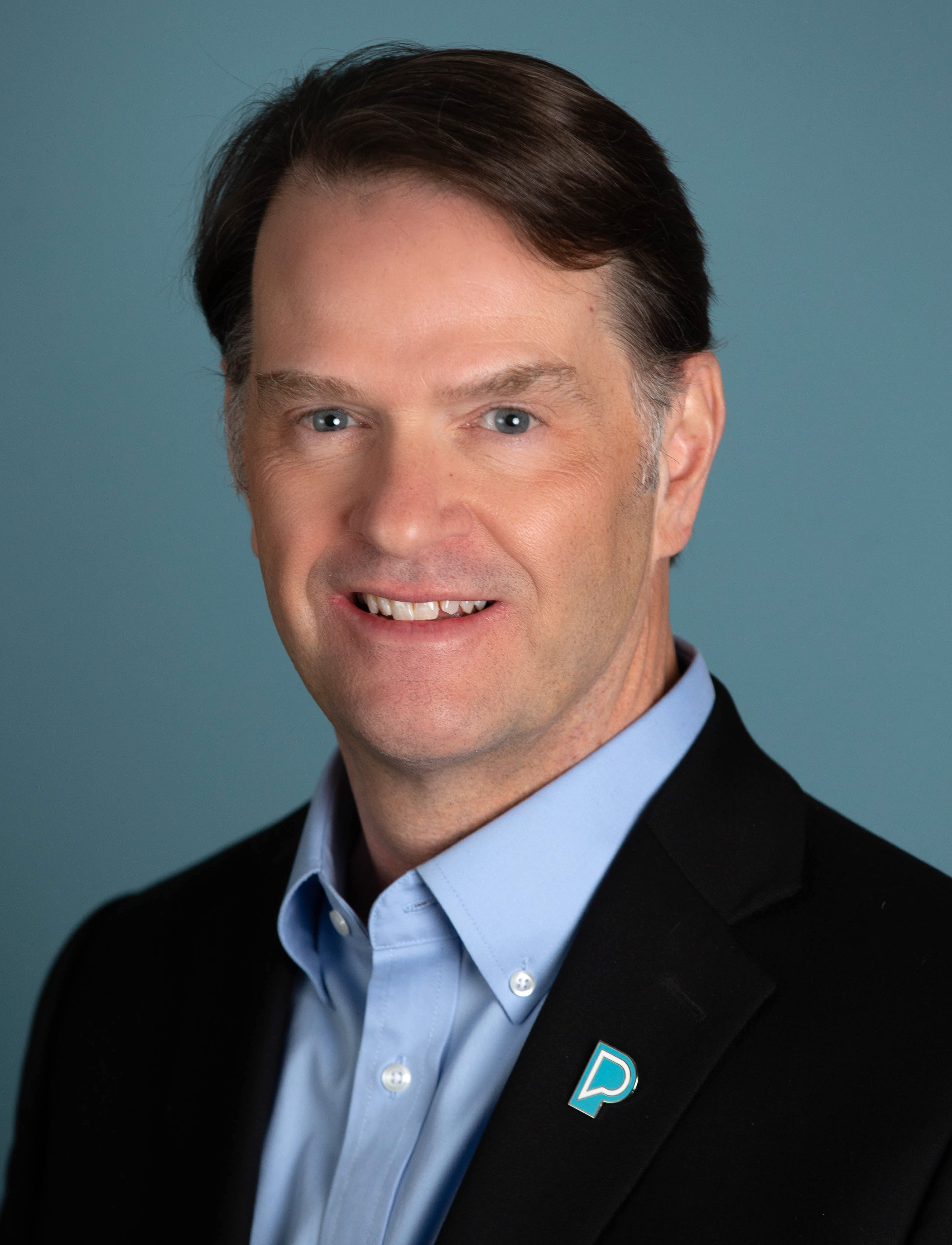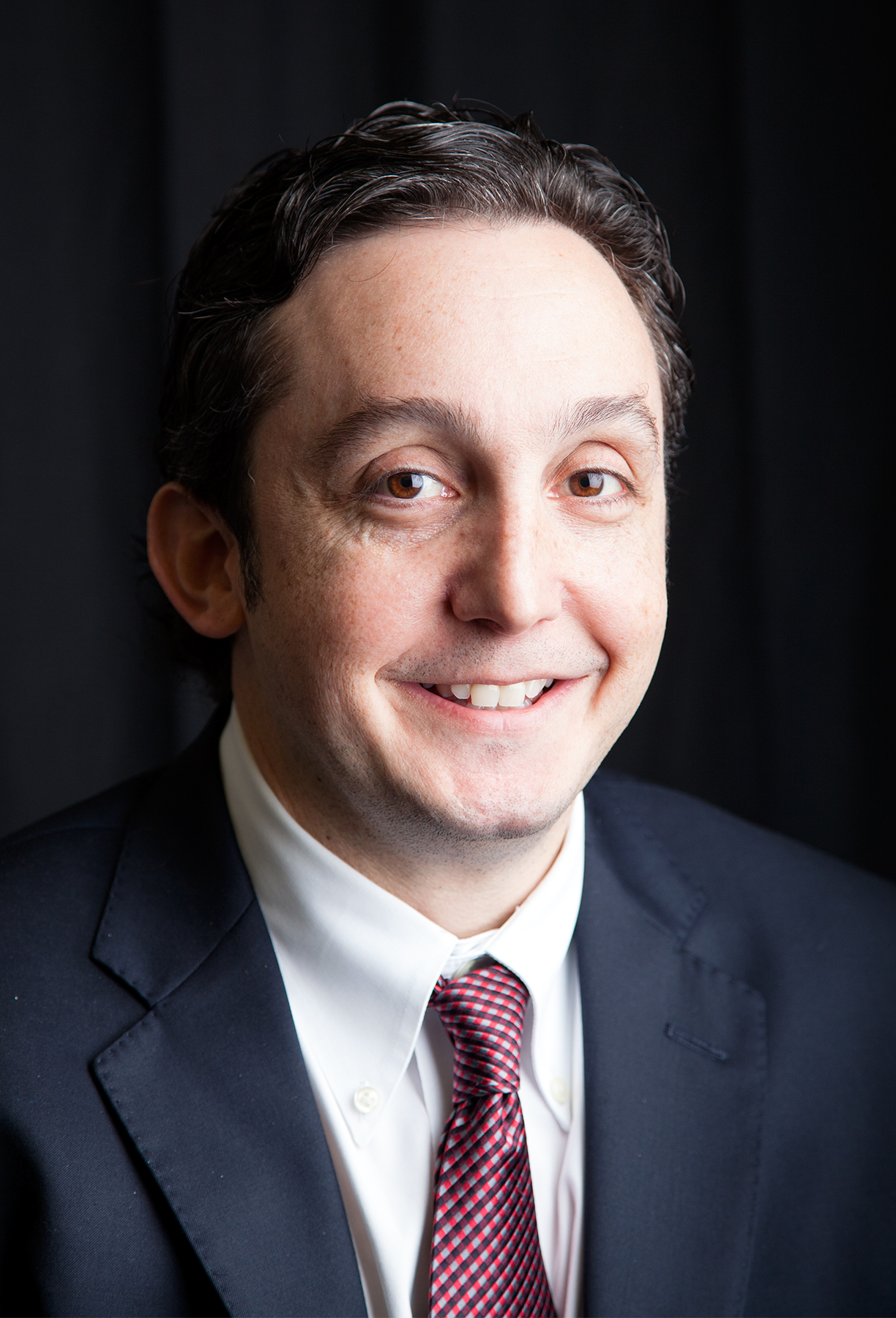Recent initiatives from the Parkinson’s Foundation aim to increase access to care and improve health outcomes as a result.
The initiatives include new applications for both centers of excellence and comprehensive care centers as well as an educational series. The call for applications, which has closed for 2022, focused on “areas with the greatest need for high-quality care,” according to a press release from the Foundation, and applied to locations in the Pacific Northwest, Midwest, Great Plains, and Texas.
The Foundation ultimately received applications from six states that do not have centers of excellence or comprehensive care centers. The new centers will be announced in the summer of 2023.
“A Parkinson’s Foundation center of excellence is a medical center with a specialized team of neurologists, movement disorder specialists, physical and occupational therapists, mental health professionals, and others who are up to date on the latest Parkinson’s disease medications, therapies, and research to provide top-notch care,” John L. Lehr, president and CEO of the Parkinson’s Foundation, told Physician’s Weekly. “Similarly, a Parkinson’s Foundation comprehensive care center designation recognizes medical facilities with specialized, multi-disciplinary teams providing evidence-based Parkinson’s disease care and are charged to meet the same criteria as centers of excellence, but participation in clinical research is not a requirement. Centers within both designations are required to meet rigorous care, professional training, community education and outreach criteria.”
According to Michael S. Okun, MD, national medical advisor to the Parkinson’s Foundation, comprehensive, multidisciplinary care “is the path to better outcomes” for patients. “Access to social workers, rehabilitation specialists, and mental healthcare, for example, all drive better outcomes in this complex patient population,” he noted.
In addition to improving access to care with new centers, the new centers will also “pay it forward,” according to Dr. Okun, through educating and training additional specialists across all areas of care.
“This effort will play a critical role in meeting the increasing needs of the many patients with Parkinson’s disease around the world,” he said.
By Training Clinicians, Educational Series Also Aims to Expand Care
The educational initiative focuses on a six-part series of accredited, asynchronous, online courses that provide access to “vital” information related to Parkinson’s disease for healthcare providers working in medically underserved communities.
According to the Parkinson’s Foundation, while there are more than one million people in the US with Parkinson’s disease, there are only approximately 600 movement disorder specialists. The educational series aims to meet the educational needs of professionals and community providers, including neurologists, primary care physicians, nurses, social workers, psychologists, dentists, and community health workers, because it can be challenging for people with Parkinson’s disease to gain access to a movement disorder specialist in their area. Many don’t have access to specialized care at all.
“We have found that many healthcare academic curriculums seldom cover Parkinson’s [disease], and generally, those that do only do so briefly,” Eli Pollard, chief training and education officer for the Parkinson’s Foundation, said in a press release. “The number of individuals with Parkinson’s [disease] is rapidly rising, and all healthcare workers will be treating an increased number of people with [Parkinson’s disease]. These courses are designed to address the urgent need of educating care professionals across disciplines on how to best help their patients.”
Expanding access to care through these initiatives will be a start in addressing some of the biggest unmet needs for this disease, according to Dr. Okun.
“The biggest unmet need is reaching communities underserved by care and making sure they have access to services, including advanced therapies such as deep brain stimulation and pump therapies,” he said. “Worldwide, across our care centers, our data suggests we need to move beyond waiting for folks to show up in our clinics. We need to take the care to them in their homes and in their communities.”




